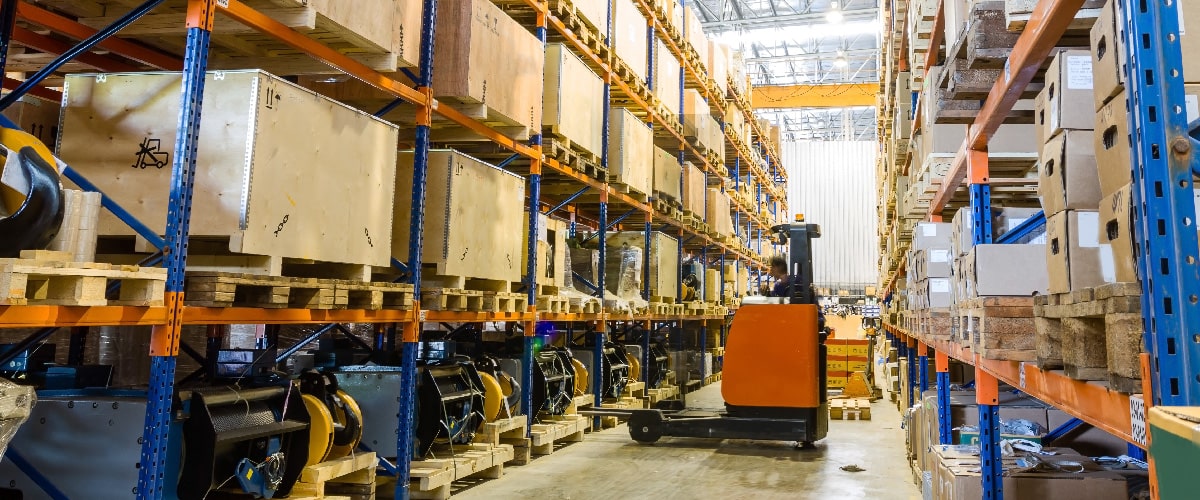 Web Content Viewer
Web Content Viewer
Why WMS Automation and Employee Retention Go Hand in Hand

In an article I wrote for Forbes, I mentioned that many e-commerce businesses built new warehouses to meet demand during the pandemic. Once established, however, operators encountered a new challenge: labor scarcity, which 57% of supply chain executives believe has "hindered their ability to meet demand." That shortage persists and many logistics professionals are turning to warehouse automation technology to help retain employees they have and increase their productivity.
The argument that more automation might help retain employees may appear illogical. After all, there has been a centuries-long discussion about worker displacement and new technologies. But that's not what we're discussing here. If you add two hours to a warehouse worker's day, you will boost the number of orders the worker fills by 25% at most. You also have a tired workforce.
That is why automation and staff retention are inextricably linked. However, some companies fail to realize their full potential. In the last few years, organizations that established new warehouse operations or expanded old ones often implemented technology too soon to maximize ROI. Supply chain professionals should think about how automation might help them enhance efficiency. A warehouse management system (WMS) can be used as the foundation for this.
By implementing a WMS, most businesses have already laid the foundation for more comprehensive applications of warehouse automation. The next step is to understand how advanced warehouse automation can deliver a greater impact.
Here are three main benefits your business could gain from WMS automation:
Improved Recruitment and Retention
Almost three-quarters of warehouse workers are at least somewhat inclined to accept a position at a different company that pays less but provides technology that makes their tasks simpler and allows for growth and, eventually, higher compensation. This is where automation may assist. Goods-to-person (GTP) automation, such as carousels, pick-to-light, and robot systems, can, for example, move small things directly to warehouse staff rather than requiring employees to travel to the product. Simply minimizing unnecessary travel for employees can help to improve retention.
Increased Efficiencies
In warehouse management, automation decreases the possibility of human error. For example, multilingual voice picking is a type of automation that blends speech recognition software with hands-free headsets. The voice-picking system takes an employee to the correct area and offers the order in which items should be picked after hearing a specific instruction from that employee. By recording and processing orders from your WMS, the system provides optimum recommendations, allowing you to filter through more orders in less time.
Increased Competitiveness with Major Players
WMS automation is becoming more commonplace, with major e-commerce enterprises realizing the full benefits. Warehouse automation is frequently used by Walmart and Amazon, and they routinely outbid competitors due to the reduced prices and faster delivery outcomes it brings.
Automation must be the core of your warehouse to compete with major organizations. Automated guided vehicles (AGVs) and autonomous mobile robots (AMRs) are two further types of automation that can assist. AGVs are warehouse robots that travel in a straight line using magnetic sensors. An AMR navigates more complex areas automatically.
Building A Business for The Future
As warehousing leaders of all size organizations struggle to compete with major brands due to labor shortages, warehouse automation offers one long-term solution. You can better position your business to invest in automation solutions that improve efficiency and boost retention by knowing the possibilities of automation and how it links with your WMS.
Kevin Beasley
Chief Information Officer
Chief Information Officer
Comments
By using this site you agree to our Privacy Policy and our Terms of Use.
120 Comac Street
Ronkonkoma, NY 11779
Ronkonkoma, NY 11779
 | Vormittag Associates, Inc. ©2025 |
| Vormittag Associates, Inc. ©2025 |